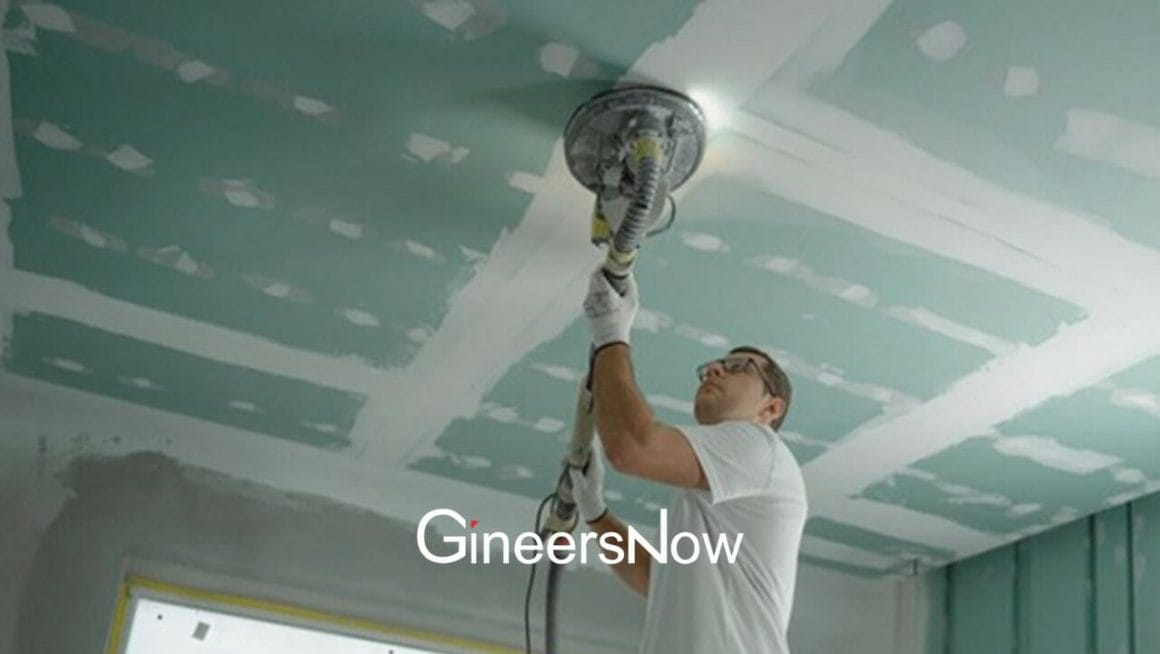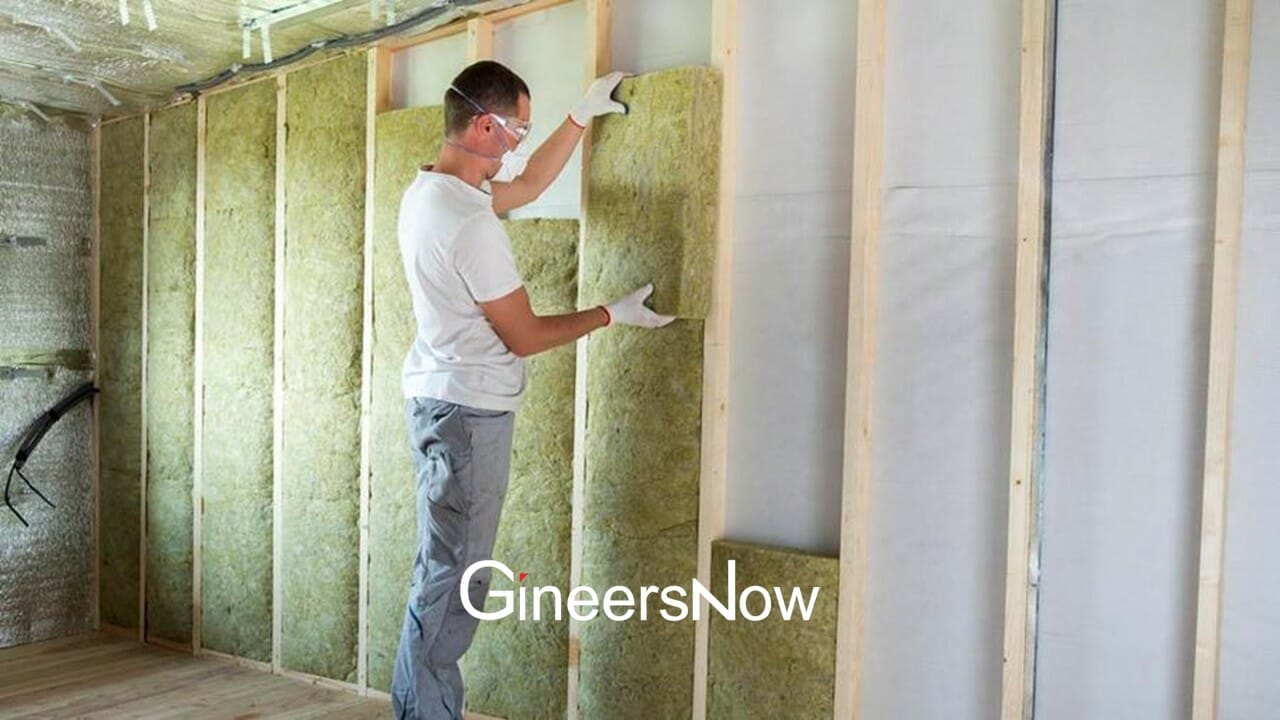Insulation keeps a home warm in the winter and cools in the summer, making it one of the most effective ways to conserve energy at home. By increasing the insulation in your home, you can make sure that you use energy efficiently and make the best use of natural resources.
To make sure there are no insulation issues, proper maintenance is required. There must be some insulation problems if there is poor indoor air quality, observable too-cool or too-warm temperatures in the home, and increased energy costs. However, there are some fast ways to examine your home for insulation problems and fix them.
But, before going through them, let us know the equipment you might need to fix insulation issues.
Equipment You Might Need
Your insulation fixing project can run more quickly, smoothly, and safely with the following tools and equipment:
- A tape measure to measure the region being insulated and the insulation itself.
- To cut insulation, use a straightedge, perhaps with a yardstick or 2×4.
- Utility knife to cut insulation.
- A stapler to connect facing insulation or framing.
- Stud welding equipment might become handy to fix hydraulic lines and electrical enclosure issues.
- Utilize a putty knife or screwdriver to wedge insulation into tight spaces.
- To seal floor or ceiling plates and any other holes where air may enter, use a caulking gun and caulk.
- Dust mask to reduce short-term irritability from inhaling dust particles.
- Safety glasses or goggles provide eye protection from airborne particles as well as other potential threats.
- Long pants, a loose-fitting shirt with long sleeves, and gloves can all help to reduce skin contact with insulation.
- Dependable work boots to avoid equipment risks and dust from insulation.
The steps you might take to fix any issues with your insulation are as follows:

1. Inspecting the Insulation
Always wear long sleeves, long pants, a face mask, safety goggles, and safety gear when working with your insulation. Fiberglass is one of the most popular types of insulation, which can readily shatter into jagged fragments when touched.
2. Determining the Insulation Type
The most popular insulation types are fiberglass, cellulose, and spray foam. Look more closely if you’re unsure of the model you have right away. The kind of insulation you have may usually be determined by looking at it. For both repairs and replacements, utilize the same kind of insulation.
3. Verifying the Level of Insulation
To determine whether the insulation in your outside walls is sufficient, utilize an electrical outlet. Go to the breaker and cut the outlet’s electricity.
A bright flashlight should be flashed into the box’s crack after removing the outlet cover. Any insulation in the walls ought to be visible. Repeat the process, inspecting the insulation on each story of your house.
Note the areas that don’t have any or enough insulation. All exterior walls should be fully and adequately insulated, although different insulation levels are advised depending on where you reside.
4. Looking into the Ventilation
Make sure there is no insulation covering the vents in the house, particularly those in the attic. Vents that are clogged make it difficult for air to move through, which results in poor ventilation as well as air quality. Check your roof for leakage or poor ventilation if you have water stains on the ceiling.
Your roof may develop ice dams as a result of poor ventilation in the winter, which can result in roof damage, leaks, and moist insulation. No matter the weather, you and your family can stay comfortable inside your house thanks to proper ventilation.
When you are in your attic, search for mildew and mold. If you see any, it can indicate a more serious ventilation issue. Because mold can be difficult to remove, contact a mold removal specialist in your area for assistance.
5. Detecting Air Leaks
Instead of worrying about finding every small air leak in the home, focus on any signs of larger leaks that let cold air in or warm air out. Leaks frequently occur in the following areas: attic doors, attic floors, vent fans, dropped soffits, dryer vents, crawl spaces, duct registers, outdoor faucets, etc.
6. Repairing Your Insulation
You should have found air leaks, inadequate ventilation, or general insulation concerns during your check. You can handle this on your own if you’ve worked with insulation and sealed leaks before. But when working with insulation, it’s preferable to contact a professional.
7. Repairing Air Leaks
Where the leak is will determine how to remediate it: Air leaks on windows, doors, and around ductwork, plumbing, and electrical wiring should be caulked and weather-stripped. You may use fire-resistant sealants, such as sheetrock and furnace cement caulk, to stop leaks around the furnace, chimney, and gas-powered water heater vents. Foam sealant can be used on larger leaks.
While you can usually seal air leaks on your own, if you’re not comfortable dealing with these materials or simply lack the time, don’t hesitate to contact a contractor. Long-term savings on your energy expenditure is easily possible by sealing air leaks in your home.
8. Improving Insulation as Necessary
Insulation may appear fluffy and safe, but it could pose a health risk if it touches your skin or if you unintentionally breathe it in. Additionally, if you make mistakes, you could harm your house’s ventilation and eventually impair the air quality. If you haven’t worked with insulation before, hire a pro to handle this task.
Final Words
Nobody enjoys living in a drafty home that is impossible to keep cool in the summer or warm in the winter. Even worse, these drafts and warm or cool patches in the house can be signs of a bigger problem, such as extra moisture getting inside the house without permission, which can result in unpleasant odors or even mildew.
So, proper insulation is required to avoid these issues. Fix them as soon as possible, and if you are doing it by yourself, do not forget the suggestions mentioned above so that you can make sure to have a proper insulation system around your home.












